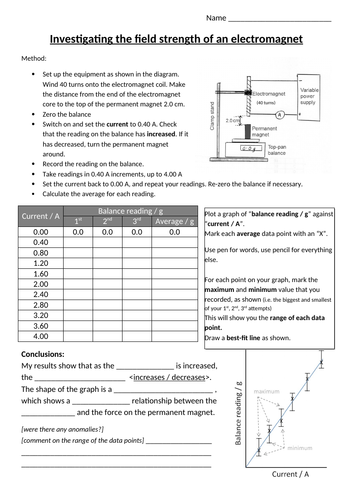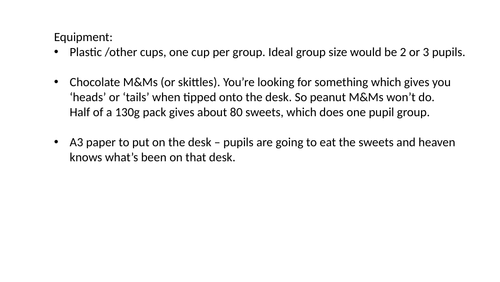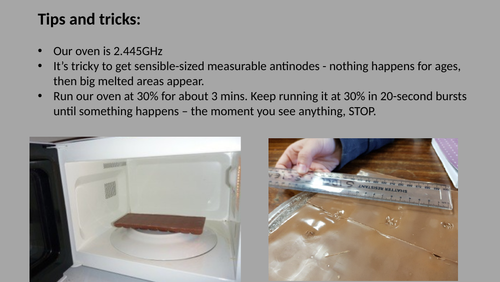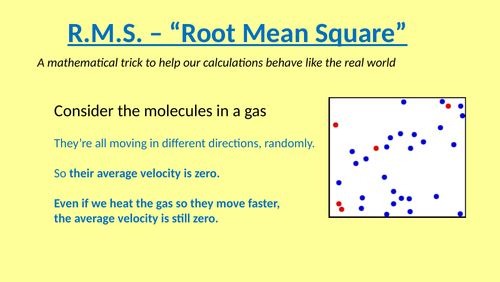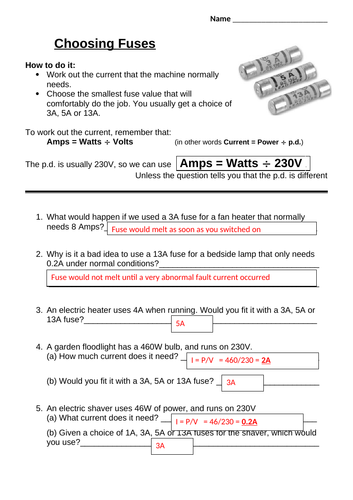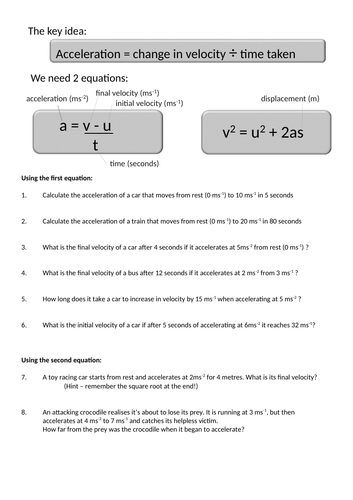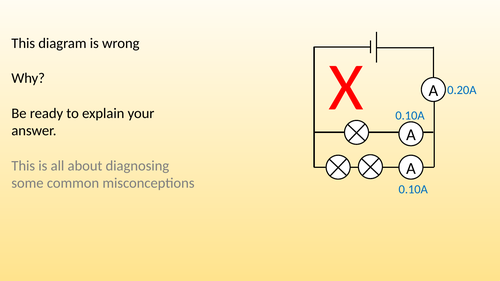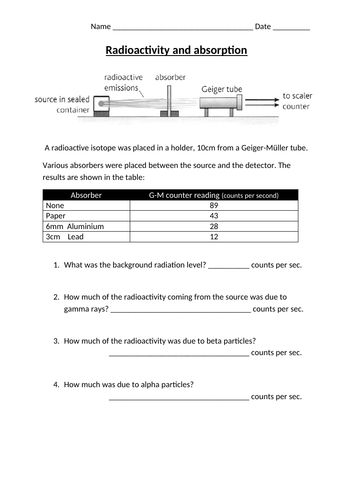Andy Darvill's TES stuff
I've been teaching science/physics for quite a while, and written lots of stuff along the way. Much of what I've written is for Nelson Thornes, OUP and SamLearning, but here are some things that are properly mine and I can publish here. Hope you find them useful. At www.darvill.clara.net you'll find some more items, and minisites about gcse radioactivity, energy resources and the electromagnetic spectrum which can occupy a class for a whole lesson and more.



